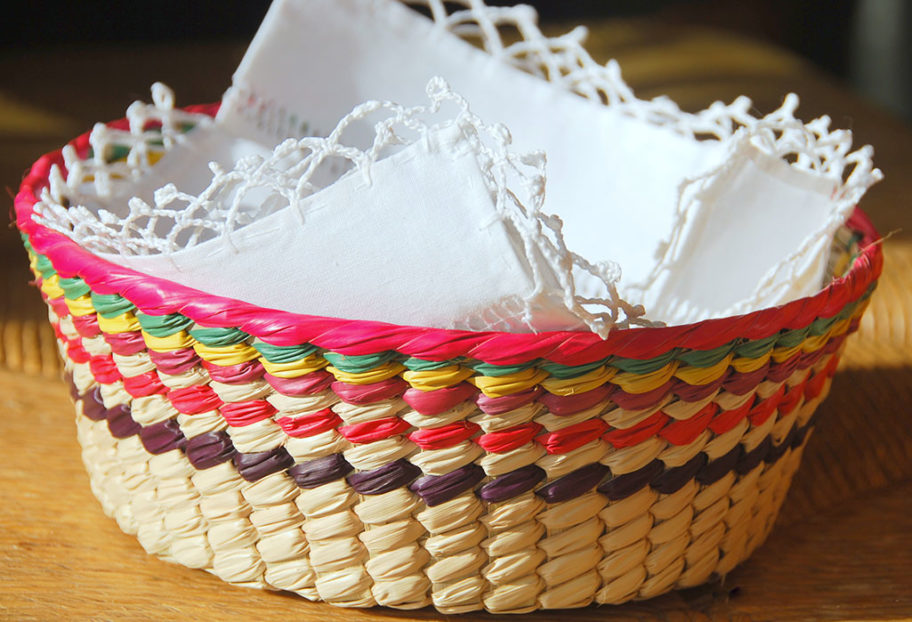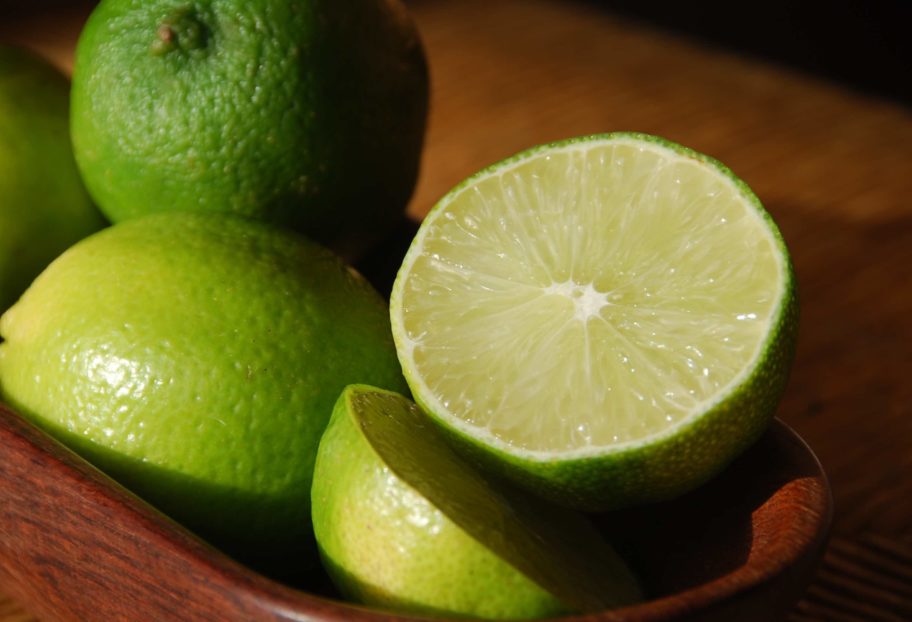A tortillero is a tortilla holder, and many times a cover too, that is meant to hold and insulate tortillas. It helps them stay warm, soft and cozy after they have been heated and while you finish them off along with your meal. In a Mexican home, they are as popular as tortillas themselves, eaten almost everyday and accompany almost every meal. The same applies for restaurants, no matter how humble or fancy.
Tortilleros tend to be stunning in their craftsmanship, design and color. They are usually handmade and can have from the most simple to the most intricate designs. Mexican cooks take great pride in arranging their table to make it colorful and beautiful, and the tortillero is no exception.
Tortilleros are all circular in shape and are made from many materials. There are basically 2 different types. The first is a woven basket, typically made from natural sources such as wood, palm leaves or different plant materials. The woven version can come with or without a lid.
When it doesn’t come with a lid, usually a cloth napkin is placed inside to wrap and hold the tortillas. The cloth napkins can be as beautiful as the tortilleros! Many are hand decorated and sewn like the one above.
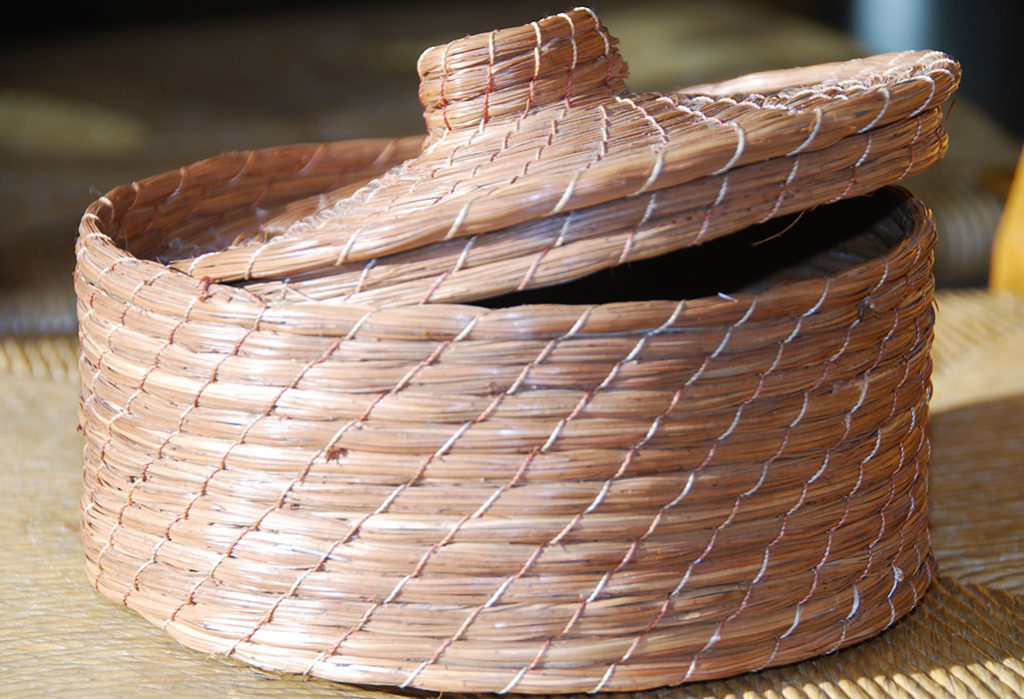
Then…there are those with the lids, which tend to look like cute little hats.
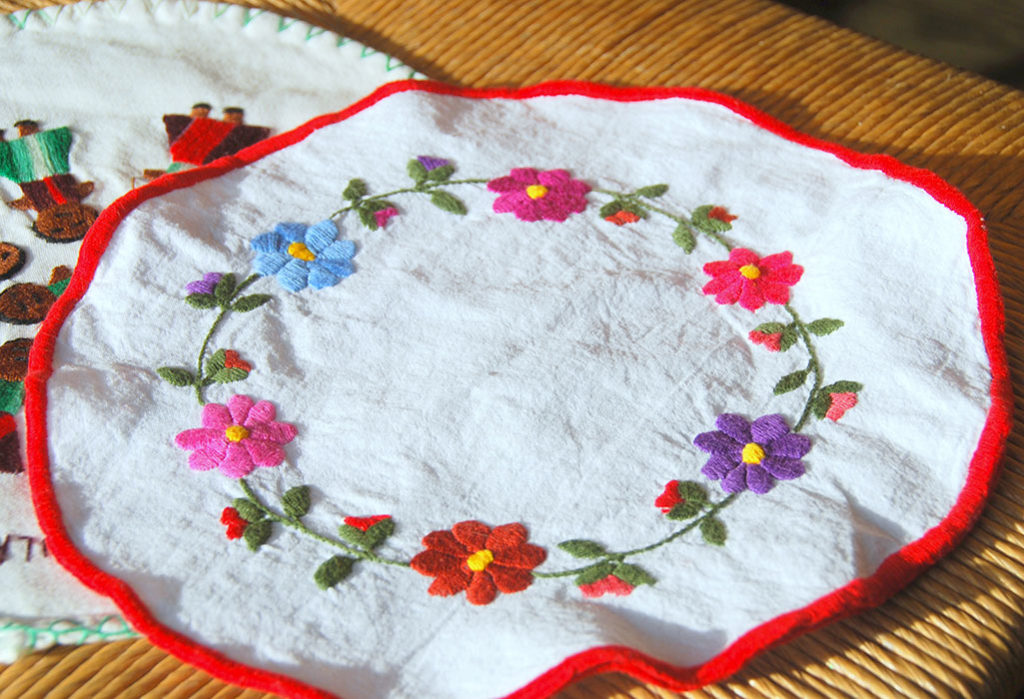
The second type of tortilleros are those made completely out of textiles. They are just as creative and can be decorated as the woven ones, from simple, to very dressed. They always have an opening to place the tortillas inside and can also be placed inside of a woven tortillero.
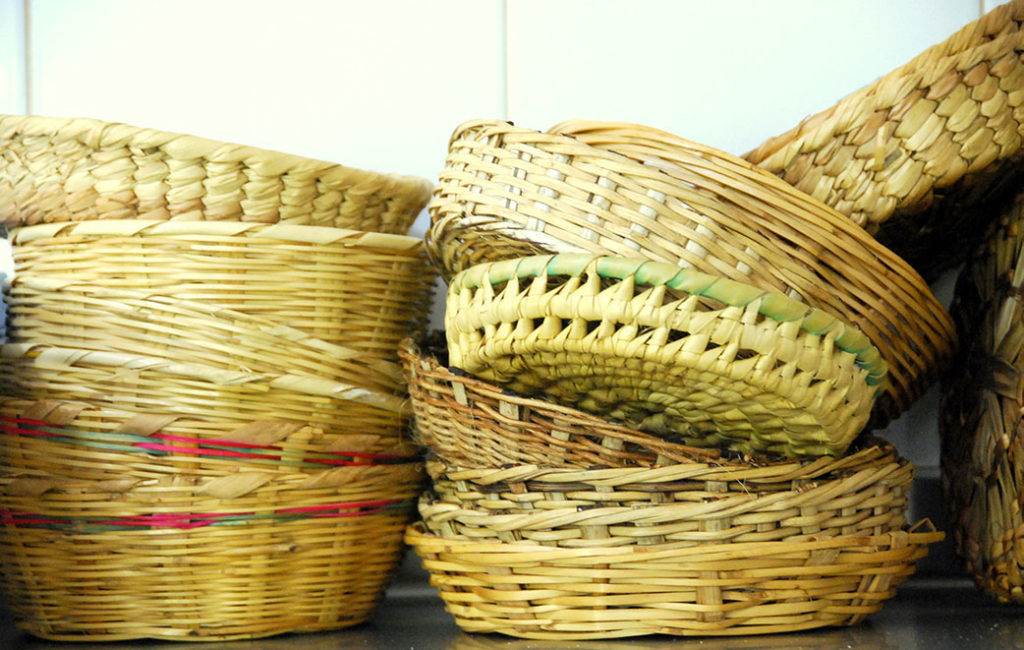
Tortilleros can also serve as open baskets for bread and come in many different forms… Just see how many!
Some people also like to get a thing called a “tortilla warmer”, which acts pretty much like a warming pillow. It can be placed in the microwave and then under the tortillero, to keep the tortillas even warmer…

